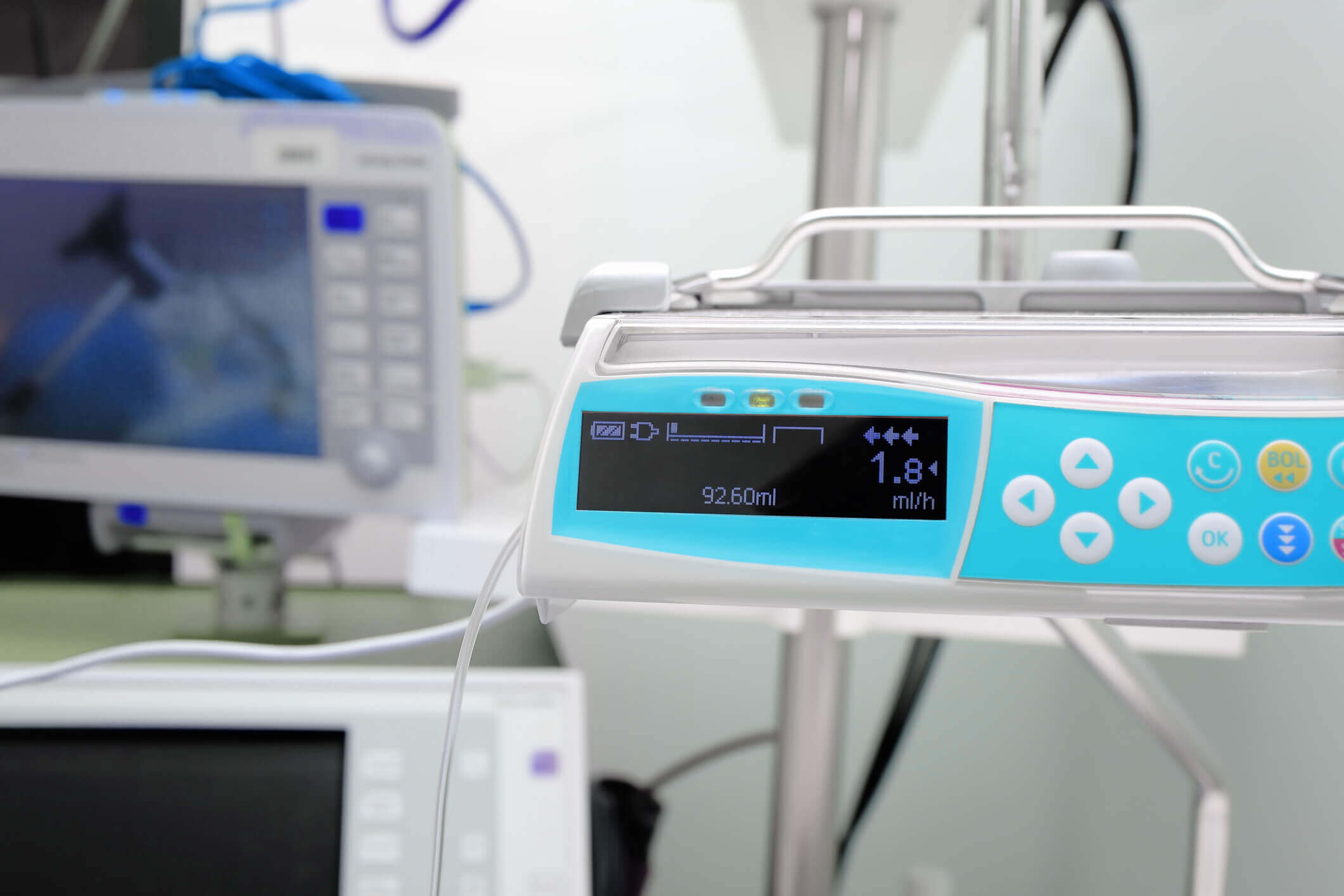Whether they are being used at hospitals, clinics, or for at-home care, electronics are at the heart of the medical world. They also present significant challenges when it comes to design. Health centres are hardly an ideal environment for this type of equipment: frequent displacement, nonstop use, abrasive cleaning products, contaminants, strict manufacturing standards … there is an endless list of criteria that must be taken into account. However, one technological solution has been meeting these standards for decades: membrane and capacitive switches.
Since this type of component has been on the market since the early 1980’s, many believe it to be aesthetically and functionally outdated. Like we’ve said before, this could not be further from the truth! Budget-friendly and multifunctional, keypads are limited only by your imagination, and are able to provide a number of advantages for the medical industry in particular.
Products that are built to last
Medical devices need to remain effective in a challenging environment: while being exposed to hundreds of viruses, they must eliminate the risk of cross-contamination. On top of withstanding frequent and aggressive cleanings, these interfaces need to actively protect their users.
In light of recent advances in plastic manufacturing, membrane and capacitive switches can be made of an antibacterial polyester that meets this need. The material’s properties allow it to prevent the spread of bacteria and mold that can cause odours, stains, and illness.
Component durability is just as important in ensuring that these devices, which are used frequently and on an ongoing basis by many different people, can maximize their lifespans. This consideration is particularly important given how closely hospital budgets are scrutinized: the material they end up purchasing needs to last for many years.
Additional reading: The many benefits of choosing membrane switches
Reliability is everything
The fact that these components have been a part of the medical industry for 40 years makes them hard to replace. Since this is a strictly regulated field, equipment intended for a hospital environment must meet several standards. The membrane switch is already a tried and true solution, and its reliability is well-established.
This type of keypad is easy to control, and allows specialists to quickly complete their tasks without having to pay too much attention to the device they are using. Its lack of moving parts also reduces the risk of accidental inputs that can be critical for patients.
Universally accessible interfaces
While medical professionals need to be able to quickly engage with their tools, a second type of user must also be taken into consideration: the patients. Regardless of their tech-savviness or their current condition, patients must be able to operate a number of devices – for example, while they are in their hospital bed. For these products, the most important thing is ease-of-use. The human-machine interface is crucial: it must be at the heart of the design.
Visibility at any angle
Another aspect of medical device design is visibility. Out of the corner of their eye, users must be able to read certain indicators no matter where they are standing. Indicator lights, LED’s, and backlighting can respond to this need. Thanks to these components, crucial information is often legible from far away, at a 180-degree radius. This design feature is a huge help for medical staff.
Given their innate ability to meet the core criteria for health equipment design, membrane and capacitive keyboards have been frontrunners in this industry for years. Their competitive pricing and ease-of-use facilitate the creation of interfaces that are compatible with industry requirements, all while maximizing profitability for their manufacturers.
Next time you visit a hospital or health expo, keep your eyes peeled and you’ll notice how common this type of interface really is. The extent of its versatility will become obvious right away. And if you’d prefer to explore the world of membrane and capacitive keypads without setting foot in the emergency room, come pay us a visit!

